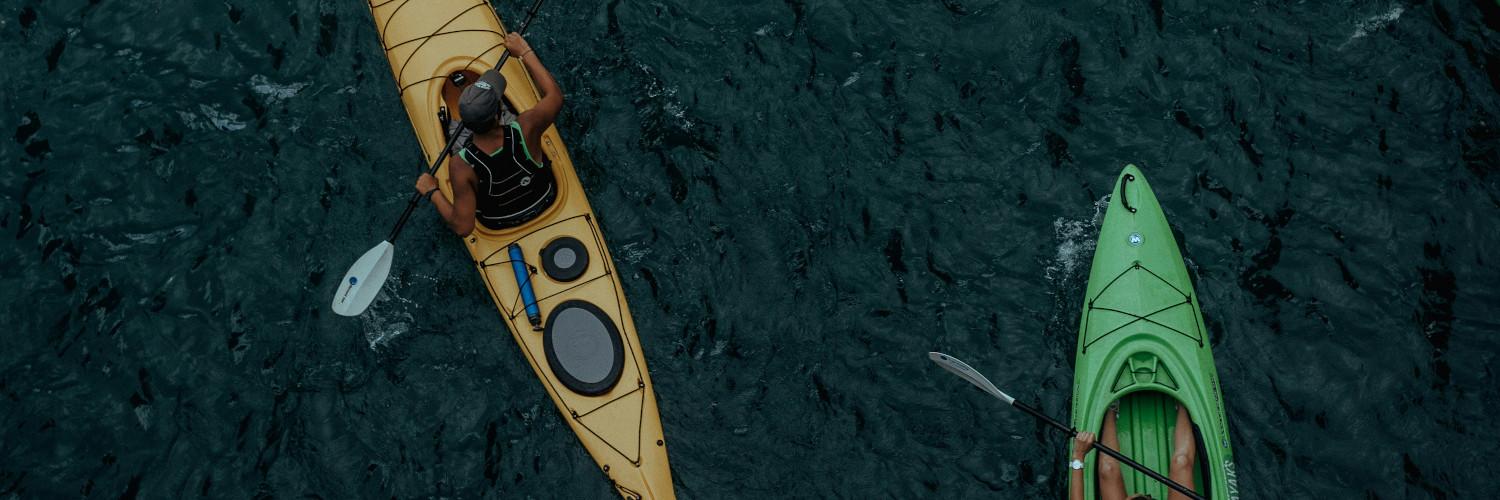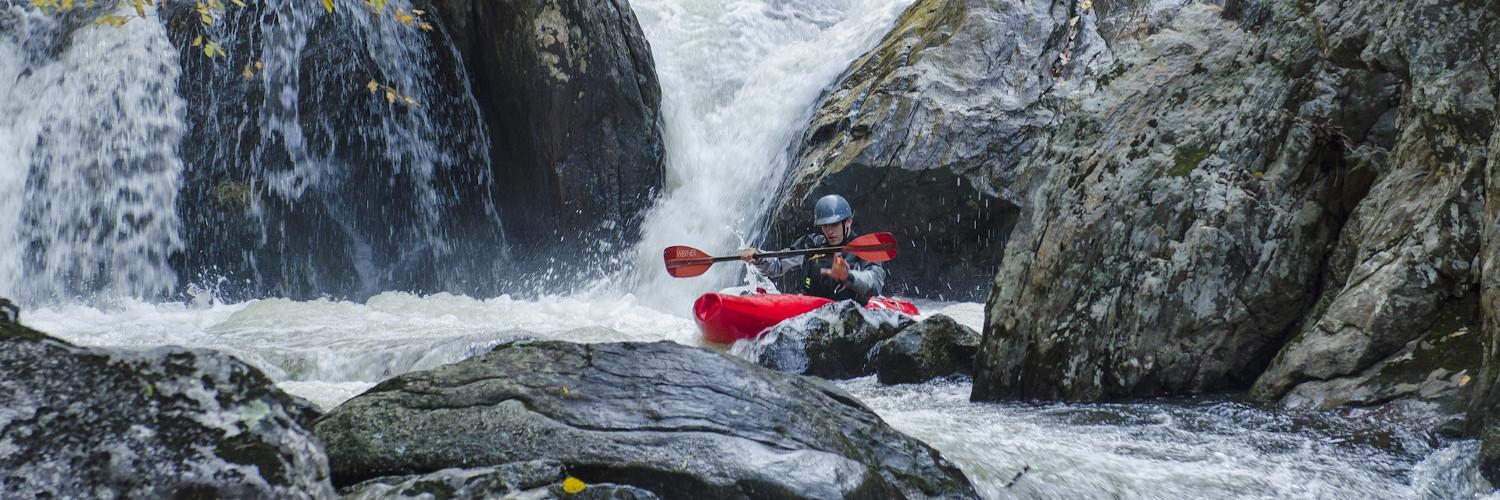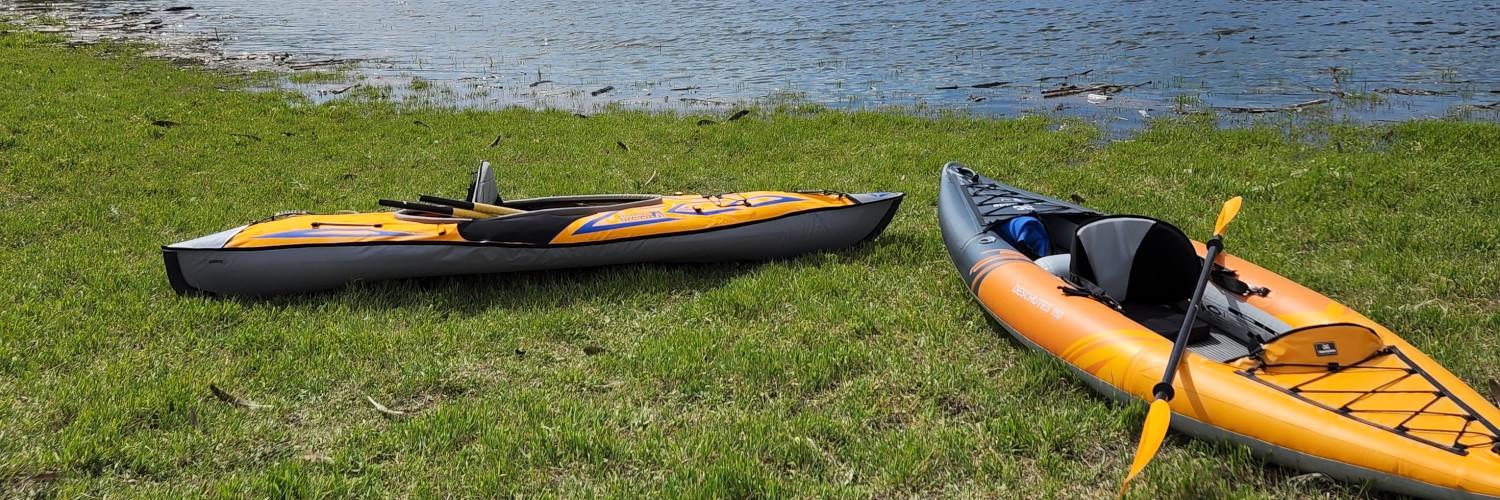Kayak Scupper Plugs
Scupper plugs are small rubber or plastic pieces that block or cover the drain holes on a sit on top kayak. Scupper plugs give you the ability to cover the self-bailing drain holes in the hull of a sit-on-top kayak. This helps you achieve a drier ride by preventing water from coming up through the scupper holes.
There are universal scupper plugs that will fit most sit on top kayaks. These plugs are made of rubber and also contain a small piece of string that makes it easier to remove the plugs when you no longer need them. There are also certain scupper plugs that feature a screw-in design. If you choose this design, you’ll need to be very sure that the plugs you choose are a match to your specific kayak. The best scupper plugs provide a water-tight fit and are easy to install and remove. Using them is simple and they are one of those kayak accessories that you’ll probably forget until you lose one and find more water in your kayak’s cockpit than you’d prefer.
A DIY solution
A do-it-yourself solution for scupper plugs is also recommended. The goal for any DIY scupper plug is to seal the cockpit of your kayak so that you don’t sit in water while you’re paddling. Foam practice golf balls are one of the most popular choices for DIY scupper plugs. The challenge with this solution is making them easy to remove. Many industrious kayakers have also made their own scupper plugs from rubber stoppers. It’s really important to make sure you measure the diameter of your kayak’s scupper holes to choose stoppers that match their size. Once you have these stoppers, you can drill a hole through the center and install a small length of paracord to make the plugs easier to remove. Install a small metal washer under the narrow end of the stopper before you tie a knot at that end of the paracord. The washer will help to prevent the knot from sliding back through the hole in the rubber stoppers when you’re removing the plugs. You should also tie a knot on the other end of the paracord to prevent it from falling out of the stoppers.
Benefits of Scupper Plugs
Naturally, most sit on top kayaks collect a small amount of water while you paddle. This is a relatively normal process and should be expected when using this type of kayak. Even if you do purchase scupper plugs for your kayak, it’s best to paddle without them for the majority of the time. To avoid a wet, uncomfortable bottom, you can also consider getting paddle pants or sitting on a towel to stay drier. Most sit-on-top kayaks are designed to provide plenty of buoyancy when you’re on the water. While the idea is that only a minimal amount of water comes up through the scupper holes, a 100% dry kayak ride is often the exception rather than the rule. When you add your body weight to a sit on top kayak, the hull naturally pushes further down into the water. This causes a small amount of water to come up through the drain holes and into the kayak’s cockpit. On a really warm summer day, it’s often a benefit to have a small amount of water inside the cockpit of your kayak. This helps to cool you down and keep you comfortable through a long day of paddling.
However, conditions can change and you might not always want to sit in a puddle of water while you’re kayaking. When this is the case, scupper plugs allow you to significantly reduce the amount of water that is allowed into your kayak’s cockpit.
Disadvantages of Scupper holes
When you think about adding scupper plugs to a kayak, you should also think about their downsides. It’s important to weigh the drawbacks of installing scupper plugs on a kayak. Sit-on-top kayaks come with self-bailing drain holes for a reason. The major advantage of scupper holes in a sit on top kayak is that it allows water to drain from the cockpit. This is really important if you happen to capsize in rough waters. It is much easier to right and climb back inside a sit-on-top kayak than a sit-inside kayak. This is largely because a sit-on-top kayak won’t fill up with water when it is turned upside down. With a sit-inside kayak, capsizing causes water to fill the cockpit. Draining that water requires a bilge pump and climbing back inside a sit-inside kayak in deep water requires a very specific technique that requires practice.
If you do install scupper plugs in a sit-on-top kayak, it can be a good practice to store a kayak sponge and bilge pump on board. Sit on top kayaks are much easier for beginners because of the fact that they don’t fill with water when they flip. By installing scupper plugs on a sit on top kayak, you’re taking away the kayak’s natural ability to drain if you do happen to capsize.





